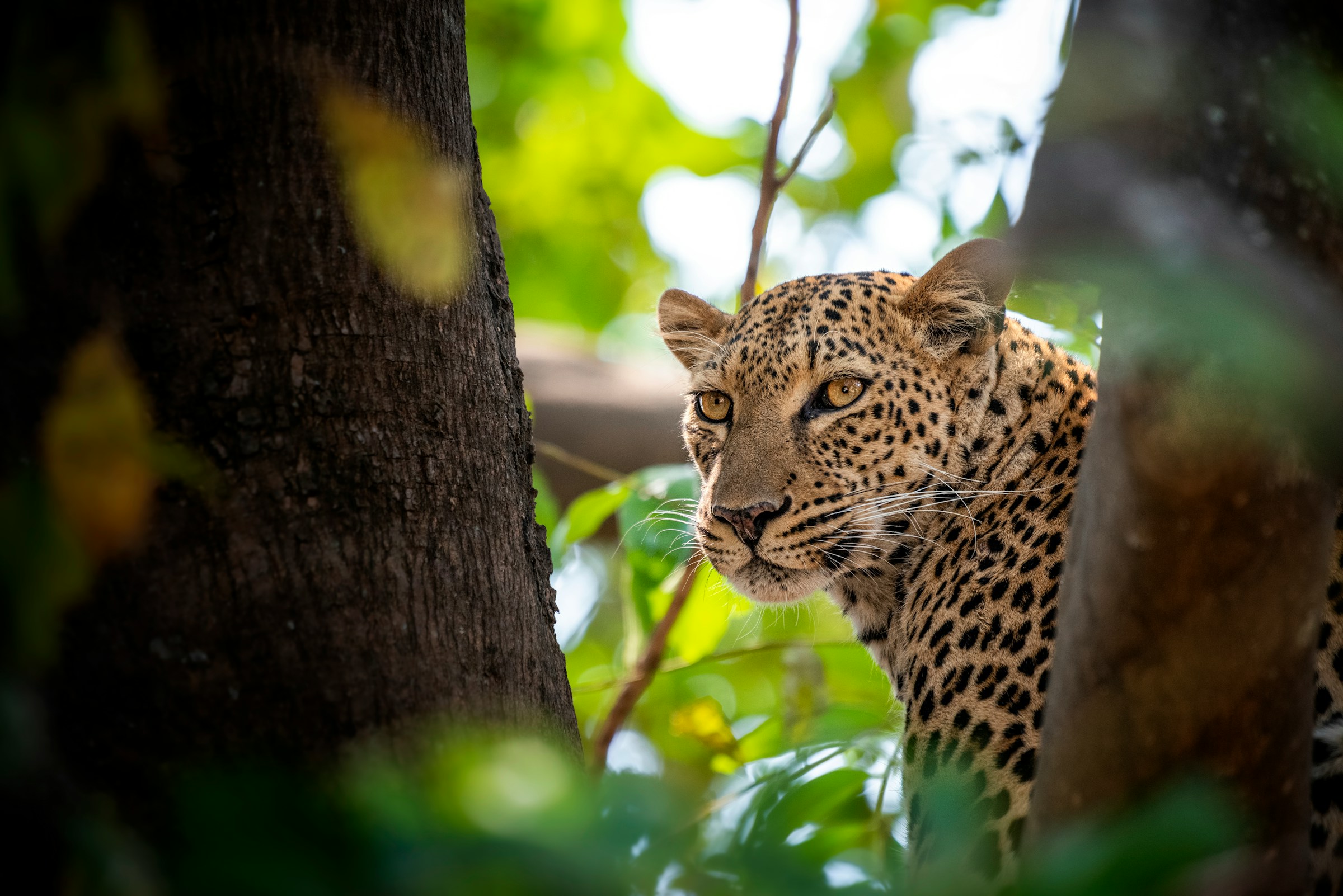Creating a charity focused on wildlife conservation in the UK is an admirable yet complex endeavor. Understanding compliance regulations and effective fundraising strategies is essential for success. This guide simplifies the process, providing step-by-step insights to ensure your charity not only meets legal requirements but also thrives in attracting support. Whether you’re a passionate individual or a dedicated team, you’ll find invaluable tips to help your vision make a real impact on wildlife preservation. Let’s transform your passion into a successful charity that drives change and protects our precious wildlife.
Understanding UK Charity Laws
Navigating the UK charity laws is crucial for wildlife conservation charities to operate effectively and legally. The Charities Act provides a framework that governs charitable organisations, ensuring they align with their stated purposes and benefit the public. This legislation outlines the legal definitions and classifications of charities, including those dedicated to wildlife conservation.
In parallel : Creating Your Own UK Online Marketplace for Handmade Crafts: A Complete Guide to Navigating Seller Regulations
Under the Charities Act, a charity must have a charitable purpose and provide a public benefit. Wildlife charities typically fall under the classification of environmental protection or improvement. Understanding these classifications helps organisations align their goals with legal requirements, ensuring compliance.
Compliance is not just a bureaucratic hurdle; it is essential for maintaining a charity’s status and credibility. The regulations require charities to keep accurate records, submit annual reports, and adhere to governance standards. Failure to comply can result in penalties, including fines or the loss of charitable status.
Additional reading : Launching a Thriving Urban Gardening Venture in the UK: Your Guide to Navigating Local Agricultural Regulations
For wildlife charities, adhering to wildlife charity regulations ensures they can continue their conservation efforts without legal impediments. By understanding and implementing these laws, charities can focus on their mission of protecting wildlife while maintaining public trust and support.
Registration Process for a Wildlife Charity
Establishing a wildlife charity in the UK involves a detailed charity registration process. Initially, you must define your charity’s purpose, ensuring it aligns with legal requirements for public benefit. The next step is to gather necessary documentation, such as a governing document, trustee declaration forms, and a detailed business plan outlining your charity’s aims and activities.
Submit these documents to the Charity Commission, the regulatory body overseeing charities in England and Wales. They will assess your application to ensure compliance with the Charities Act. It’s crucial to provide accurate and comprehensive information to avoid delays or rejections.
Common pitfalls during the wildlife charity setup include incomplete documentation and unclear objectives. Ensure your governing document clearly outlines your charity’s mission and governance structure. Additionally, appoint trustees who understand their legal responsibilities, as this is a frequent area of oversight.
By meticulously following these steps and avoiding common errors, your wildlife charity can achieve registration successfully. This process not only legitimizes your organisation but also enhances credibility and access to funding opportunities, allowing you to focus on your conservation efforts.
Compliance Requirements for Charities
Understanding charity compliance is crucial for maintaining the integrity and effectiveness of wildlife charities in the UK. Charities must adhere to ongoing legal obligations, ensuring they operate within the framework set by the Charities Act. This involves maintaining accurate financial records, submitting annual reports, and ensuring transparency in operations.
Ongoing legal obligations include regular reviews of governance practices, ensuring trustees are aware of their responsibilities, and that the charity’s activities align with its stated objectives. Best practices for maintaining good governance involve regular board meetings, clear documentation of decisions, and a robust risk management strategy.
The Charity Commission plays a pivotal role in the oversight and support of charities. It provides guidance on legal obligations and offers resources to help charities maintain compliance. The Commission also has the authority to investigate and address any issues of mismanagement or misconduct within a charity.
To ensure accountability, charities should establish internal controls and regular audits. This helps in identifying potential areas of non-compliance and allows for timely corrective actions. By adhering to these compliance requirements, wildlife charities can focus on their mission while maintaining public trust and support.
Effective Fundraising Strategies for Wildlife Charities
Implementing effective fundraising techniques is crucial for wildlife charities aiming to sustain their conservation efforts. Popular methods include organising events, such as charity auctions or sponsored runs, which engage the community and raise awareness. These activities not only generate funds but also foster a sense of involvement and commitment among participants.
Leveraging social media and online platforms can significantly enhance a wildlife charity’s fundraising capabilities. By utilising platforms like Facebook, Instagram, and Twitter, charities can reach a broader audience, share impactful stories, and create compelling campaigns. Online fundraising tools, such as crowdfunding sites, provide an accessible way for supporters to contribute financially.
Building strong relationships with donors and supporters is vital for sustainable fundraising. Charities should focus on regular communication, expressing gratitude, and demonstrating the impact of donations. Personalised updates and recognition can help maintain donor interest and encourage continued support.
By employing these wildlife charity fundraising strategies, organisations can secure the necessary resources to advance their mission. Engaging the community, utilising digital tools, and nurturing donor relationships are key components in achieving long-term success in conservation funding.
Creating a Mission and Vision Statement
A well-crafted mission statement and charity vision are essential for any wildlife charity, providing clarity and direction. These statements serve as the foundation for strategic planning and decision-making, aligning the organisation’s efforts with its core values and goals.
To create impactful statements, start by identifying the unique aspects of your charity’s work. Consider what sets your organisation apart and how it contributes to wildlife conservation. A clear mission statement should succinctly describe the charity’s purpose and primary objectives. Meanwhile, a charity vision should paint a picture of the desired future impact, inspiring both internal and external stakeholders.
For example, consider the mission statement of the World Wildlife Fund: “To conserve nature and reduce the most pressing threats to the diversity of life on Earth.” This statement is concise yet powerful, clearly outlining the organisation’s focus and commitment.
When crafting your statements, involve key stakeholders, including trustees and volunteers, to ensure they resonate with those who will champion the cause. By prioritising clarity and inspiration, your mission and vision can guide your wildlife charity towards achieving its goals while engaging and motivating supporters.
Case Studies of Successful Wildlife Charities
Examining successful wildlife charities offers valuable insights into effective strategies and sustainable practices. These case studies highlight innovative approaches that have led to significant conservation achievements.
One notable example is the World Wildlife Fund (WWF), renowned for its strategic partnerships and global campaigns. By collaborating with governments and communities, WWF has successfully implemented conservation programmes that address issues like habitat loss and species protection. Their approach demonstrates the power of partnerships in amplifying impact.
Another successful case is the Wildlife Conservation Society (WCS), which excels in leveraging scientific research to guide conservation efforts. By integrating data-driven strategies, WCS has enhanced habitat preservation and species recovery initiatives. This illustrates the importance of evidence-based decision-making in achieving long-term conservation goals.
Lessons from these charities underscore the need for adaptability and innovation. Challenges such as funding constraints and environmental changes require charities to be flexible and proactive. By learning from these experiences, new initiatives can develop robust strategies that incorporate community engagement, scientific research, and collaborative efforts.
These case studies serve as a blueprint for emerging wildlife charities, offering a roadmap to success through strategic planning and effective execution.
Resources for Ongoing Support and Development
Access to charity resources and wildlife charity support is vital for the growth and sustainability of conservation efforts. Various organisations and networks provide invaluable assistance to wildlife charities in the UK.
- The Charity Commission offers guidance on compliance and governance, ensuring charities adhere to legal standards.
- The National Council for Voluntary Organisations (NCVO) provides resources on best practices in management and fundraising.
- Wildlife and Countryside Link is a coalition of organisations working to enhance the effectiveness of wildlife conservation through collaboration.
Funding opportunities are crucial for driving conservation projects. Charities can apply for grants from bodies like The Heritage Fund, which supports environmental projects, and The Esmée Fairbairn Foundation, offering grants for initiatives that improve natural environments.
Training and workshops are essential for developing skills in charity management and fundraising. Organisations like The Foundation for Social Improvement (FSI) and The Institute of Fundraising offer training sessions, helping charities enhance their operational effectiveness.
By leveraging these resources, wildlife charities can strengthen their capacity to fulfil their missions and ensure long-term success in conservation efforts.
Actionable Steps and Checklists for Charity Management
Establishing a wildlife charity demands a structured approach, beginning with a comprehensive checklist. This ensures all aspects of charity management are addressed, from inception through ongoing operations. Start by defining your charity’s mission and vision, as these are foundational to guiding strategic decisions.
Once established, focus on key milestones to track your charity’s progress. These include successful registration, initial fundraising targets, and launching your first conservation project. Monitoring these milestones helps assess the charity’s development and ensures alignment with its goals.
Utilising tools and resources is crucial for effective project management and reporting. Consider project management software to track tasks and deadlines efficiently. Financial management tools are also essential for maintaining transparency and accountability in financial reporting. Regular audits and evaluations can further enhance credibility and trust with stakeholders.
Additionally, create an actionable steps plan for governance and compliance. This includes appointing knowledgeable trustees, establishing governance policies, and ensuring adherence to legal obligations. Regular board meetings and clear documentation are vital for maintaining good governance practices.
By following this charity management checklist, wildlife charities can build a robust framework for success, enabling them to focus on their conservation missions effectively.






